Home>Garden Essentials>Where Is The Seed Of A Banana
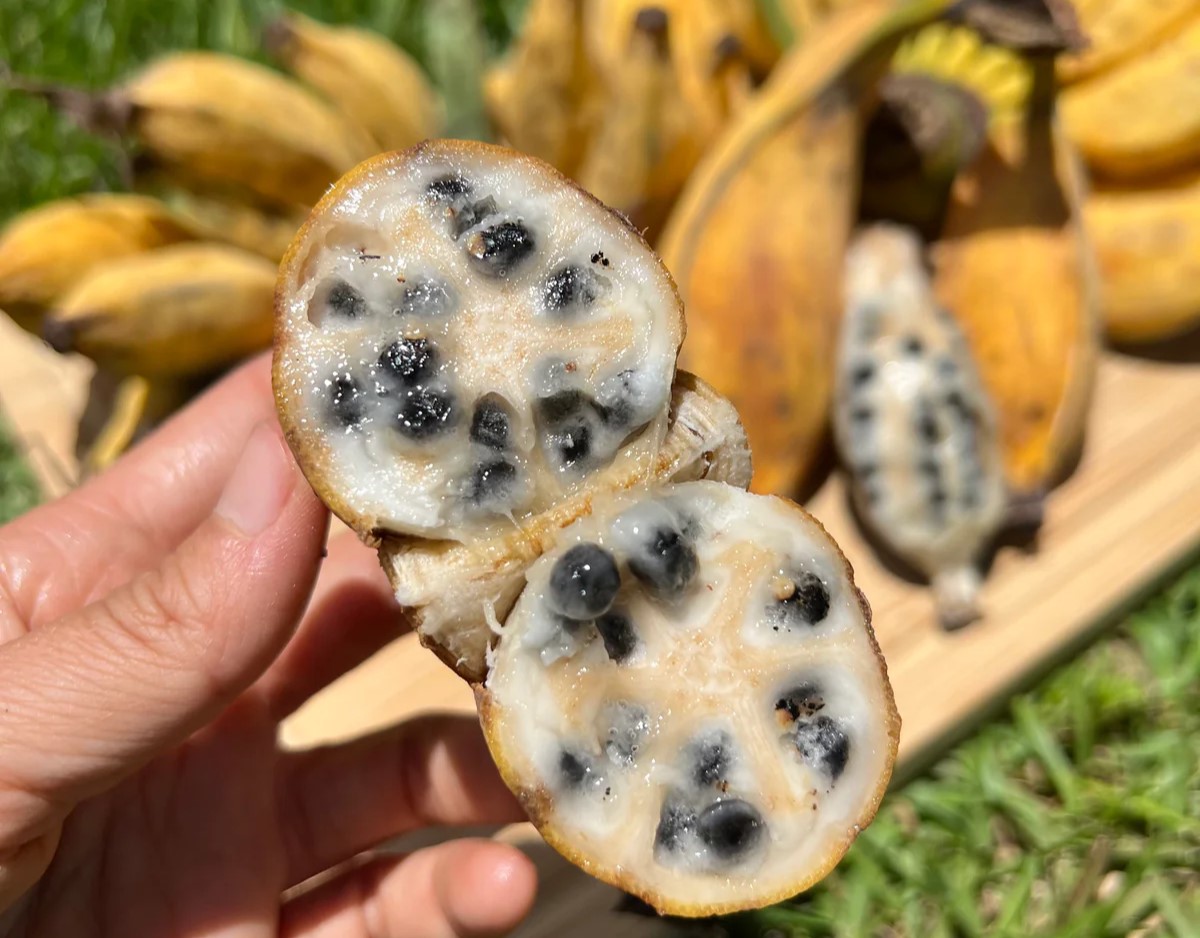

Garden Essentials
Where Is The Seed Of A Banana
Modified: March 16, 2024
Discover where to find the seed of a banana and start growing your own garden. Explore tips and techniques for successful banana cultivation.
(Many of the links in this article redirect to a specific reviewed product. Your purchase of these products through affiliate links helps to generate commission for Storables.com, at no extra cost. Learn more)
Introduction
Bananas are a beloved fruit that is widely consumed across the globe. Whether eaten fresh, turned into smoothies, or used as an ingredient in countless recipes, bananas are a versatile and nutritious food. While most people are familiar with the yellow, curved fruit, there is often confusion when it comes to the topic of banana seeds. Where exactly are the seeds in a banana?
In this article, we will unravel the mystery behind the seedless nature of bananas and explore the fascinating anatomy of this popular fruit. We will also delve into the process of banana propagation, shedding light on how seeds are involved in its cultivation. So, let us embark on a journey to discover where the seed of a banana truly lies.
Key Takeaways:
- Bananas have tiny, undeveloped seeds called vestigial seeds, making them virtually seedless. They are primarily propagated through suckering, not seeds, ensuring consistent fruit quality.
- The myth of banana seeds is dispelled! Bananas have vestigial seeds, not viable for propagation. They are grown through suckering, preserving desirable traits.
Read more: Where Are The Seeds On A Banana
Anatomy of a Banana
Before we dive into the topic of banana seeds, let’s take a closer look at the anatomy of this tropical fruit. When you hold a banana in your hand, you will notice its distinctive curved shape and vibrant yellow color. The banana is actually a berry, botanically classified as a “false berry” due to its unique structure.
On the outside, the banana is covered by a thick, protective peel. Underneath the peel lies the edible flesh, which is soft, creamy, and deliciously sweet when ripe. The flesh is composed of multiple layers, each with a specific purpose.
The main part of the banana is the mesocarp or the pulp. It is the fleshy, starchy portion of the fruit that provides the characteristic taste and texture. As the banana ripens, this pulp becomes softer and sweeter, making it more enjoyable to eat.
However, when it comes to the seeds of a banana, it’s a different story. Unlike many other fruits, bananas are typically seedless. The reason for this lies in the reproductive structures of the banana plant.
While bananas do have seeds, they are tiny and virtually undeveloped. These seeds are located within the fruit, embedded in the flesh, but they are so small that they are often overlooked or go unnoticed when eating a banana.
The small, black or brown dots you might see within a banana are actually the remnants of these undeveloped seeds. They are called vestigial seeds or seed remnants. These vestigial seeds are sterile and cannot be used for propagation or growing new banana plants.
So, if the seeds in a banana are virtually non-existent, how are new banana plants grown? The answer lies in a process known as vegetative propagation.
When a banana plant grows, it produces a large flowering structure known as an inflorescence. Within the inflorescence, there are multiple rows of individual flowers. Each flower contains both male and female reproductive parts, but the male parts mature before the female parts, preventing self-pollination.
Once the flowers have been pollinated, the ovaries within each flower develop into fruits. These fruits, which eventually become the bananas we know and love, contain the vestigial seeds discussed earlier.
With this understanding of the anatomy of a banana, we can now explore the intriguing world of banana propagation and how new plants are cultivated without the need for seeds.
Exploring the Fruit
Bananas are a fascinating fruit, not just in terms of their taste and nutritional benefits but also in their cultural significance and versatility in cooking. Let’s take a closer look at some interesting aspects of this fruit.
First and foremost, bananas are a powerhouse of nutrients. They are rich in essential vitamins such as vitamin C, vitamin B6, and folate. They also contain minerals like potassium, magnesium, and manganese. Bananas are a great source of dietary fiber, which aids in digestion and helps maintain bowel regularity.
One interesting fact about bananas is that their nutritional composition changes as they ripen. As bananas ripen, their starch content begins to convert into sugars, resulting in a sweeter taste and softer texture. This is why ripe bananas are often preferred for eating or baking, while slightly green bananas are ideal for cooking or blending into smoothies.
Another intriguing aspect of bananas is their widespread cultivation. They are grown in over 135 countries, with the majority of commercial banana production coming from tropical regions like Latin America, Africa, and Southeast Asia.
Bananas are also deeply rooted in many cultures and traditions around the world. They are used in various cuisines and play a significant role in cultural rituals and festivals. In some countries, bananas are considered a symbol of fertility and prosperity.
In addition to their consumption as a fresh fruit, bananas are incredibly versatile in cooking. They can be mashed and used in baking to add moisture and natural sweetness to cakes, muffins, and bread. Bananas can also be sliced and added to cereal, yogurt, or oatmeal for a nutritious and delicious breakfast option.
Furthermore, bananas are a popular ingredient in smoothies and milkshakes, providing a creamy texture and natural sweetness without the need for added sugar. They can be frozen and blended into a refreshing and healthy treat on a hot day.
The culinary uses of bananas extend beyond just sweet dishes. They can be sliced and added to savory salads, used as a topping for pancakes or waffles, or even grilled to create a caramelized and flavorful side dish.
Bananas also have various non-culinary applications. The peel of a banana can be used as a natural fertilizer in gardening to enrich the soil with nutrients. It can also be used as a home remedy for soothing bug bites or providing temporary relief for minor skin irritations.
With their rich cultural significance, nutritional benefits, and versatile usage in cooking, bananas truly are a remarkable fruit that continues to captivate people’s palates and imaginations around the world.
The seeds of a banana are found in the center of the fruit, but they are small and not fully developed. If you want to grow a banana plant, it’s best to use a cutting from an existing plant rather than trying to grow a plant from the seeds.
The Myth of Banana Seeds
One of the common misconceptions about bananas is the belief that they don’t have seeds. While it is true that bananas are typically seedless, as mentioned earlier, they do have small, undeveloped seeds known as vestigial seeds. However, these seeds are not viable and cannot be used for propagation or growing new banana plants.
The myth of banana seeds likely stems from the fact that many other fruits, such as apples or oranges, have noticeable and sizable seeds within their flesh. This leads to the assumption that all fruits should have visible seeds. However, bananas have evolutionary adaptations that make them differ from other fruit varieties.
One possible reason for the lack of developed seeds in bananas is because they have been selectively bred over centuries to favor certain desired traits, such as sweetness, flavor, and texture. This cultivation process has resulted in the production of seedless bananas that are more appealing to consumers.
Moreover, bananas are primarily propagated through vegetative means, rather than through seeds. This means that new banana plants are grown by taking cuttings from existing plants and replanting them. This method, known as suckering, ensures that the new plants retain the desirable characteristics of the parent plant, including fruit size, taste, and quality.
While bananas do produce flowers and undergo pollination, the fruits themselves are typically sterile due to genetic factors or the presence of triploid chromosomes. These factors contribute to the formation of seedless fruits with minimal to no viable seeds.
It is worth noting that while most commercially available bananas are seedless, there are some wild varieties and heirloom cultivars that may contain small, developing seeds. These varieties are often found in their native habitats and are less commonly seen in supermarkets or grocery stores.
The misconception about banana seeds may also arise from the presence of tiny black or brown specks in the flesh of a banana, commonly mistaken for seeds. In reality, these specks are the remains of vestigial seeds, which are undeveloped and incapable of germination.
So, the next time you enjoy a delicious banana, remember that its seedless nature is not a result of genetic engineering or artificial modification but rather a natural characteristic of the fruit. The myth of banana seeds is dispelled, revealing the fascinating truth behind the biology and reproduction of this popular tropical fruit.
Banana Propagation
While bananas may not have viable seeds for propagation, they have developed alternative methods to reproduce and multiply. The primary method of banana propagation is through vegetative means, which involves taking cuttings or suckers from existing banana plants to grow new ones.
When a banana plant reaches maturity, it produces multiple suckers or offshoots around its base. These suckers are miniature versions of the parent plant and can be separated and replanted to create new banana plants. This process is known as suckering, and it is the most common method used by farmers and gardeners to propagate bananas.
When selecting suckers for propagation, it is essential to choose healthy and disease-free plants. The suckers should have well-developed roots and should be taken from plants that have demonstrated desirable traits such as good fruit yield, disease resistance, and high quality.
Once the suckers are selected, they can be carefully separated from the parent plant by digging around the base and severing the sucker at its connection to the main rhizome. It is crucial to handle the suckers with care and avoid damaging the roots or the growing tip.
The separated suckers can then be replanted in well-prepared soil or containers, ensuring that they are planted at a similar depth as they were in the parent plant. Adequate spacing between plants should be maintained to allow for proper growth and airflow.
Proper care and maintenance are essential for the successful propagation of bananas. Providing sufficient sunlight, water, and nutrients is crucial to support the growth and development of the new plants. Mulching around the base of the plants can help retain moisture and suppress weed growth.
Within a few weeks of planting, the newly propagated banana plants will start to establish their root systems and grow. Over time, they will develop into mature plants and produce their own suckers, continuing the cycle of propagation.
It is worth noting that bananas are generally not grown from seeds in commercial agriculture because the resulting plants may not possess the desired traits of the parent plant. Vegetative propagation ensures the consistency of characteristics such as fruit quality, taste, and yield.
In addition to suckering, there are other methods of vegetative propagation used for specific banana varieties. These methods include tissue culture, where tiny pieces of plant tissue are grown under controlled laboratory conditions to produce new plants, and division, where the rhizome of a banana plant is divided into sections and replanted.
Through these various methods of vegetative propagation, farmers and gardeners can sustainably grow and propagate banana plants without relying on seeds. This ensures the continuation of desirable banana varieties and the availability of these delicious and nutritious fruits for generations to come.
Read more: Where Are The Seeds In A Banana
Conclusion
Bananas are undoubtedly a beloved fruit enjoyed by millions around the world. Despite the common misconception that bananas are completely seedless, they do indeed have tiny, undeveloped seeds known as vestigial seeds. However, these seeds are not viable and cannot be used for propagation.
The seedless nature of bananas is a result of selective breeding and genetic factors, which have led to the production of fruit with minimal to no seeds. Instead, bananas are primarily propagated through vegetative means, such as suckering, where new plants are grown from offshoots or suckers taken from existing banana plants.
Exploring the anatomy of a banana reveals the fascinating journey from flowering to fruit development, where these vestigial seeds are embedded within the flesh of the fruit. These seeds, often mistaken for black or brown specks, are small and undeveloped, unable to germinate into new banana plants.
Bananas have a wide range of uses in various culinary dishes, and they are an excellent source of essential nutrients. Their cultural significance and versatility in cooking have made them an integral part of cuisines around the world.
Understanding the truth behind banana seeds and the process of banana propagation allows us to appreciate the complexities and uniqueness of this tropical fruit. The myth of banana seeds is dispelled, revealing the ingenuity of nature and human cultivation in creating seedless bananas that we enjoy today.
So, the next time you bite into a delicious banana, savor it knowing that its seedless nature is a testament to the evolutionary adaptations and centuries of careful cultivation. Bananas continue to be a delightful and nutritious fruit, bringing joy and satisfaction to people from all walks of life.
Remember to spread this newfound knowledge to others, and let the truth about banana seeds be known. Embrace the wonder and diversity of the natural world, and relish the simple pleasure of enjoying a perfectly ripe banana.
Frequently Asked Questions about Where Is The Seed Of A Banana
Was this page helpful?
At Storables.com, we guarantee accurate and reliable information. Our content, validated by Expert Board Contributors, is crafted following stringent Editorial Policies. We're committed to providing you with well-researched, expert-backed insights for all your informational needs.
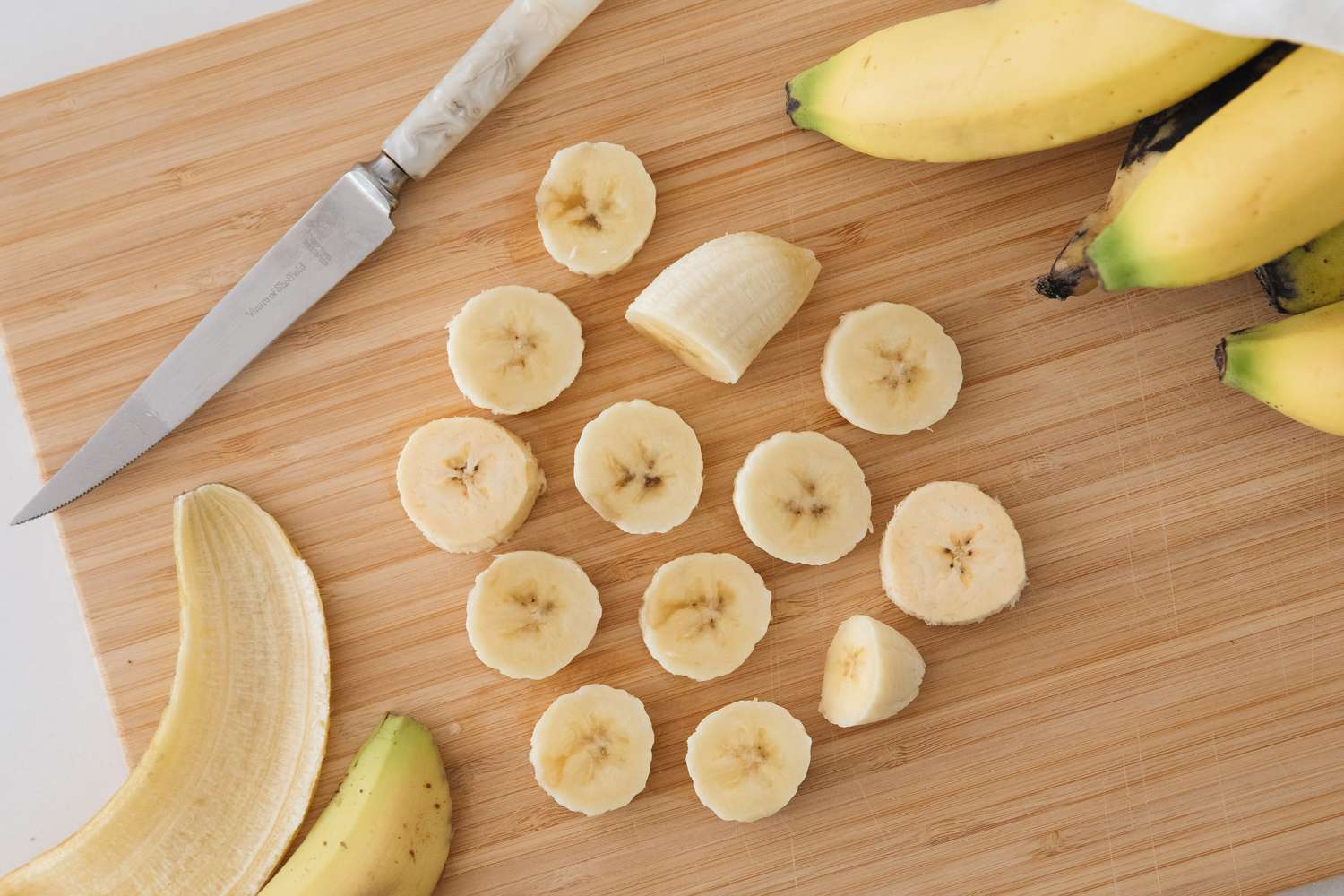
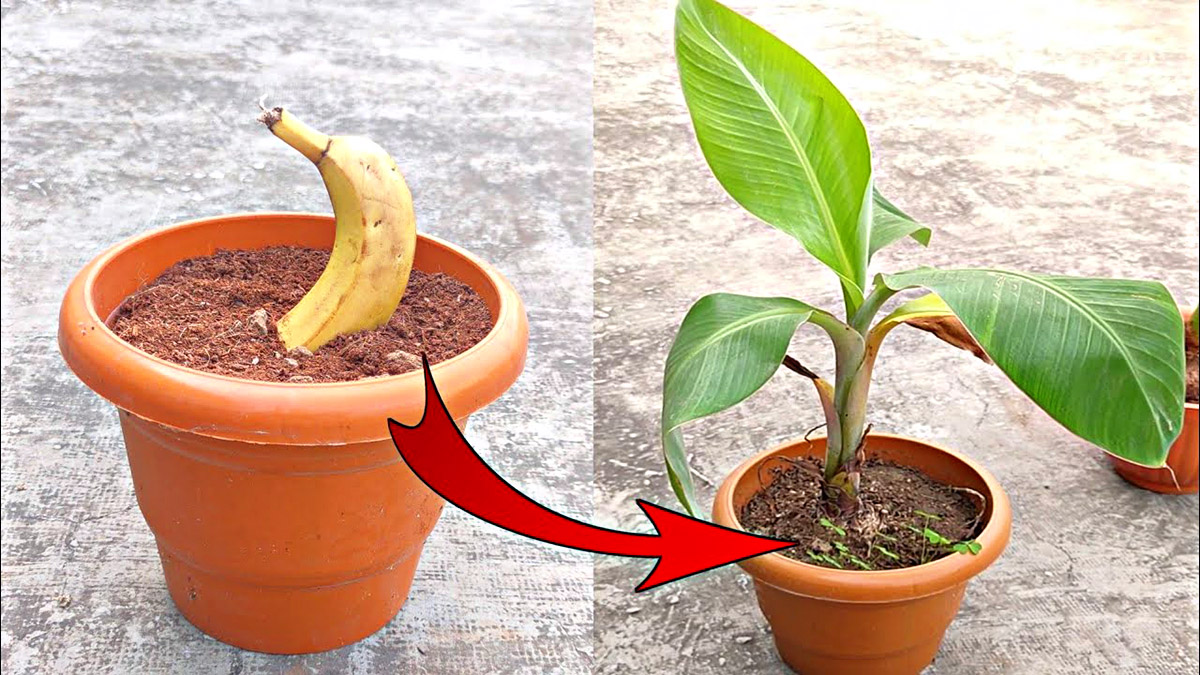
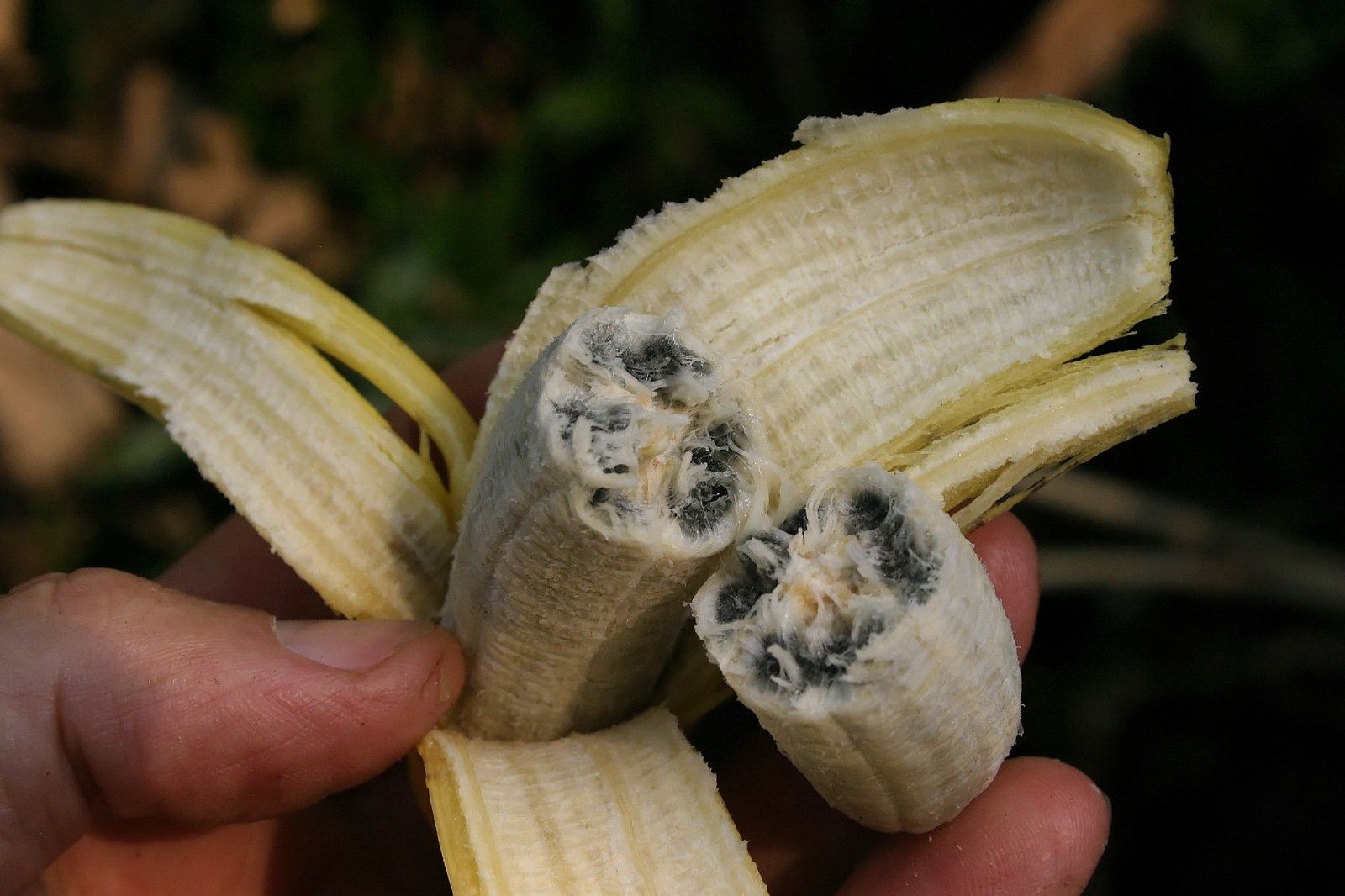
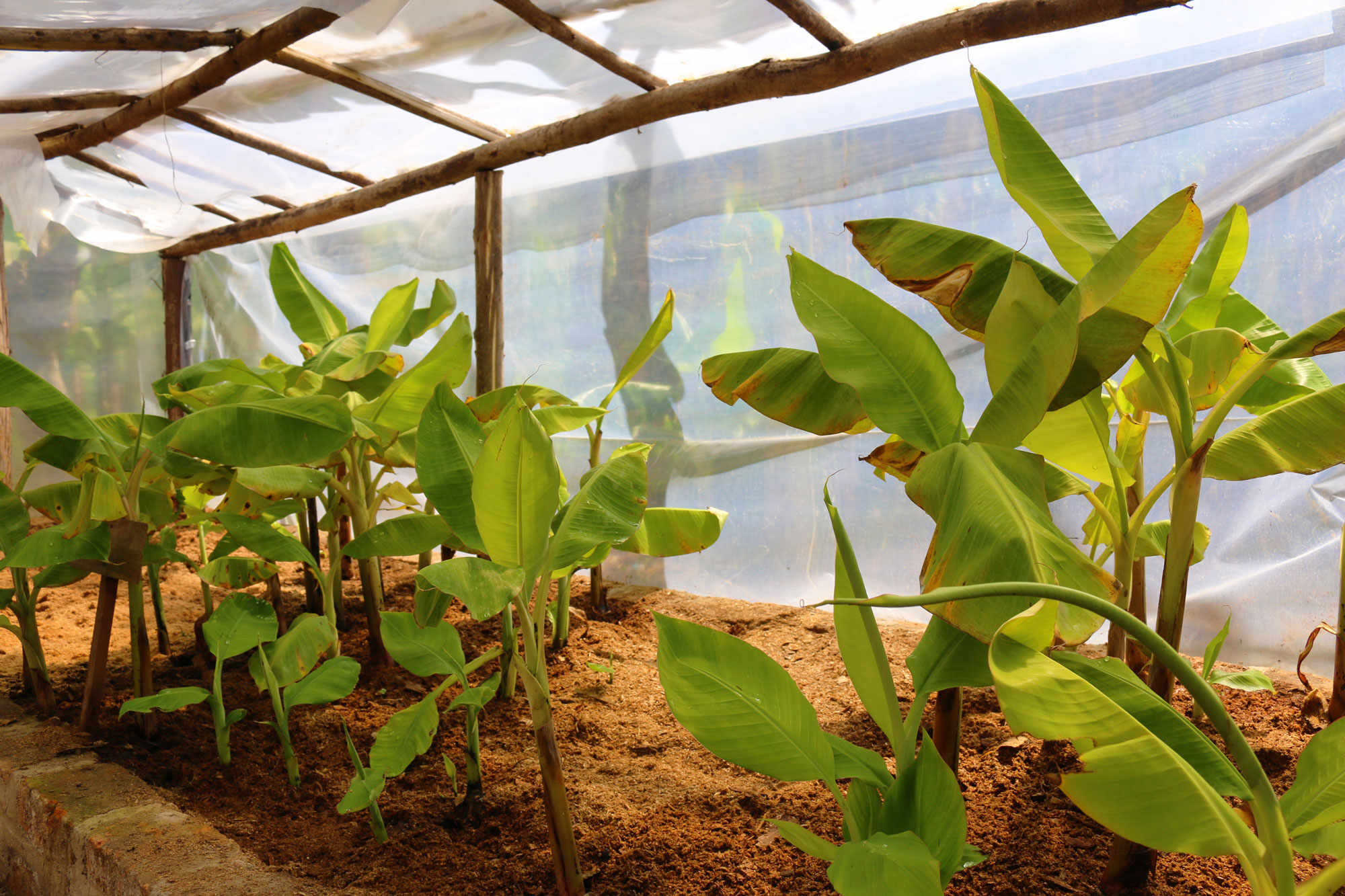
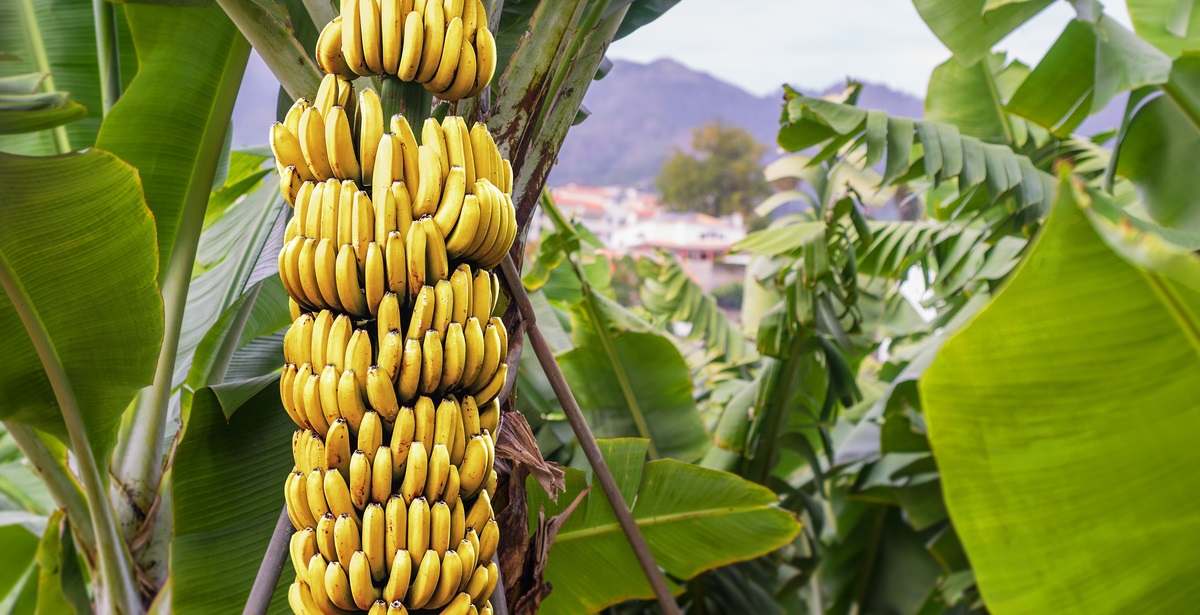
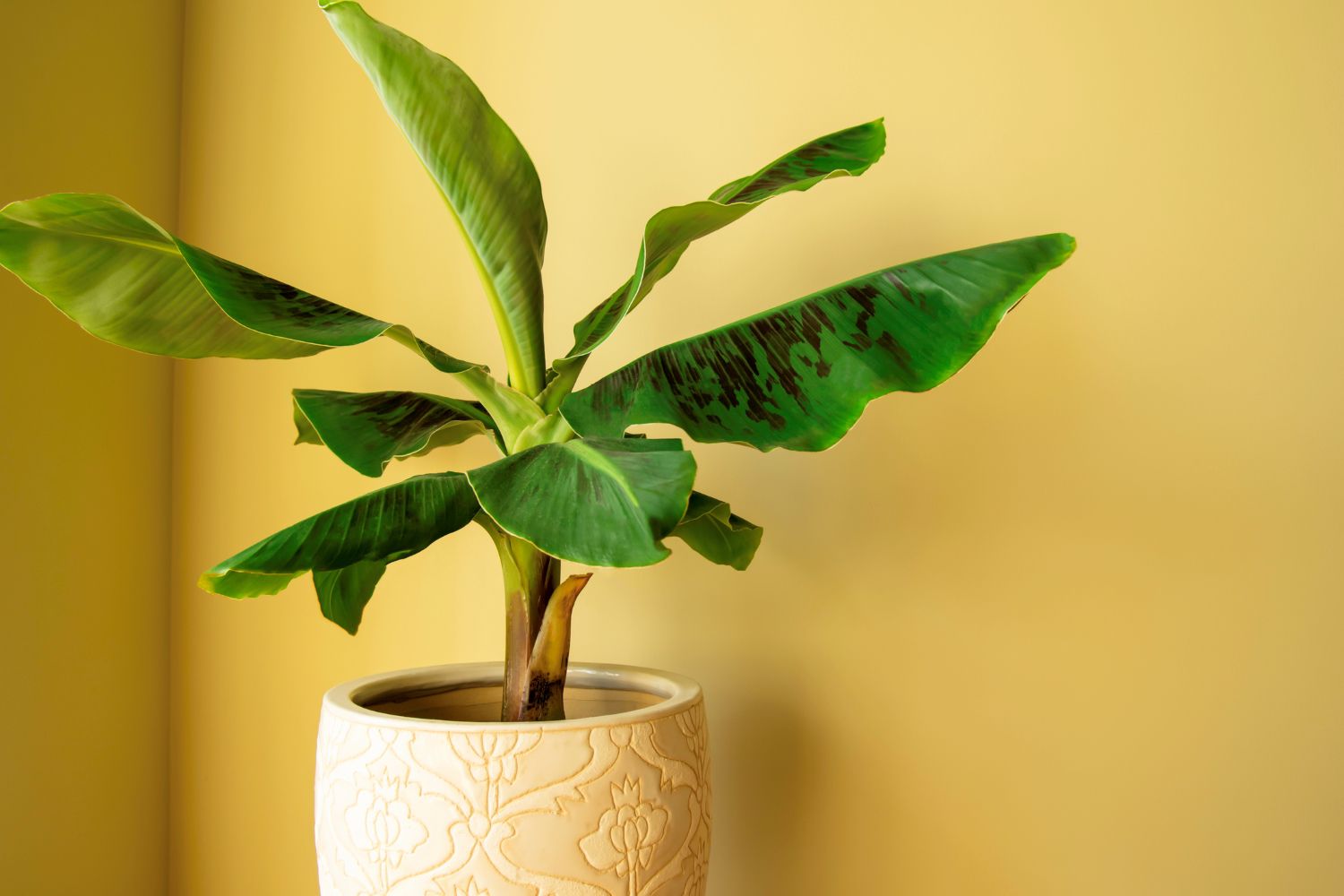
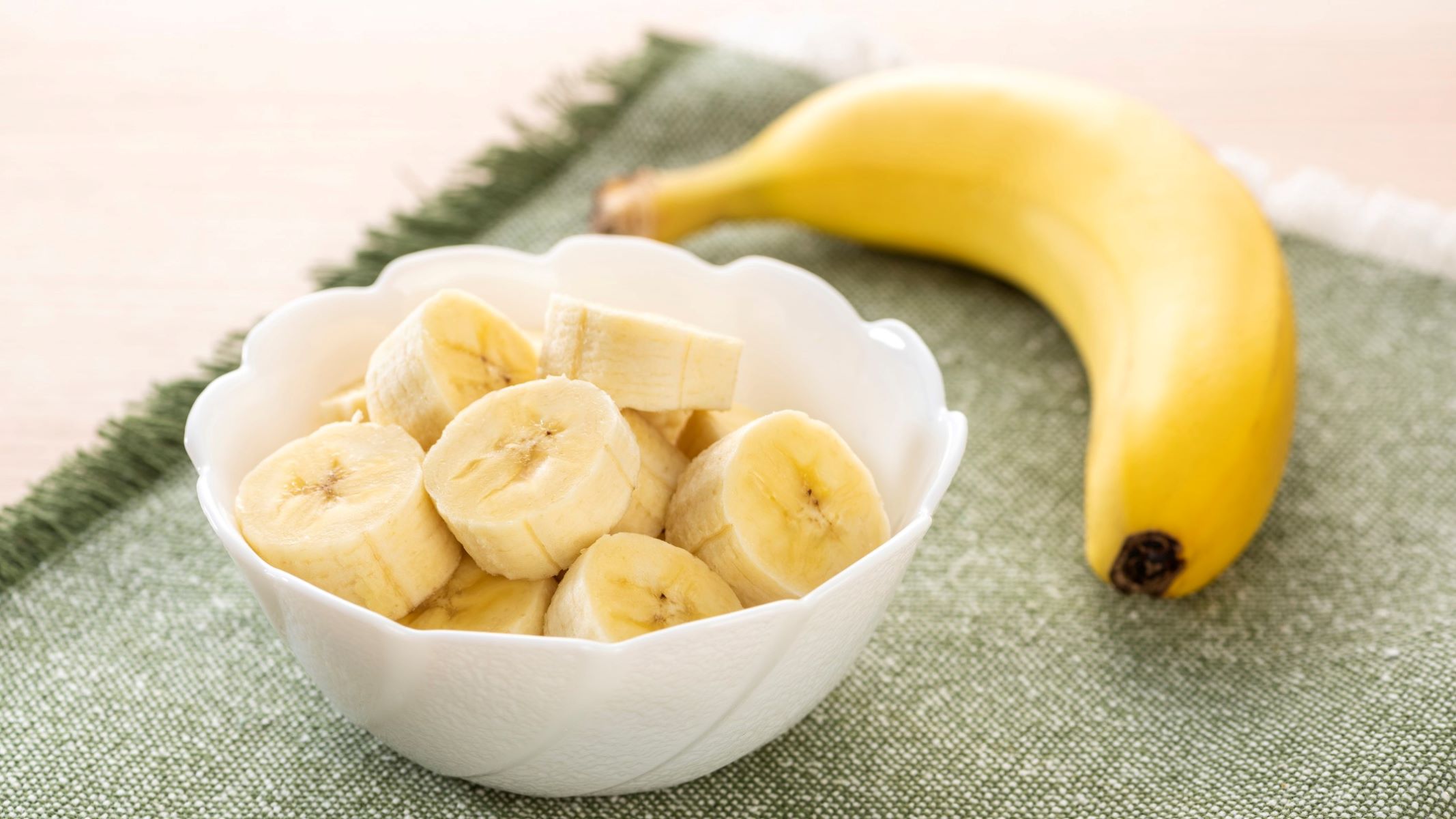
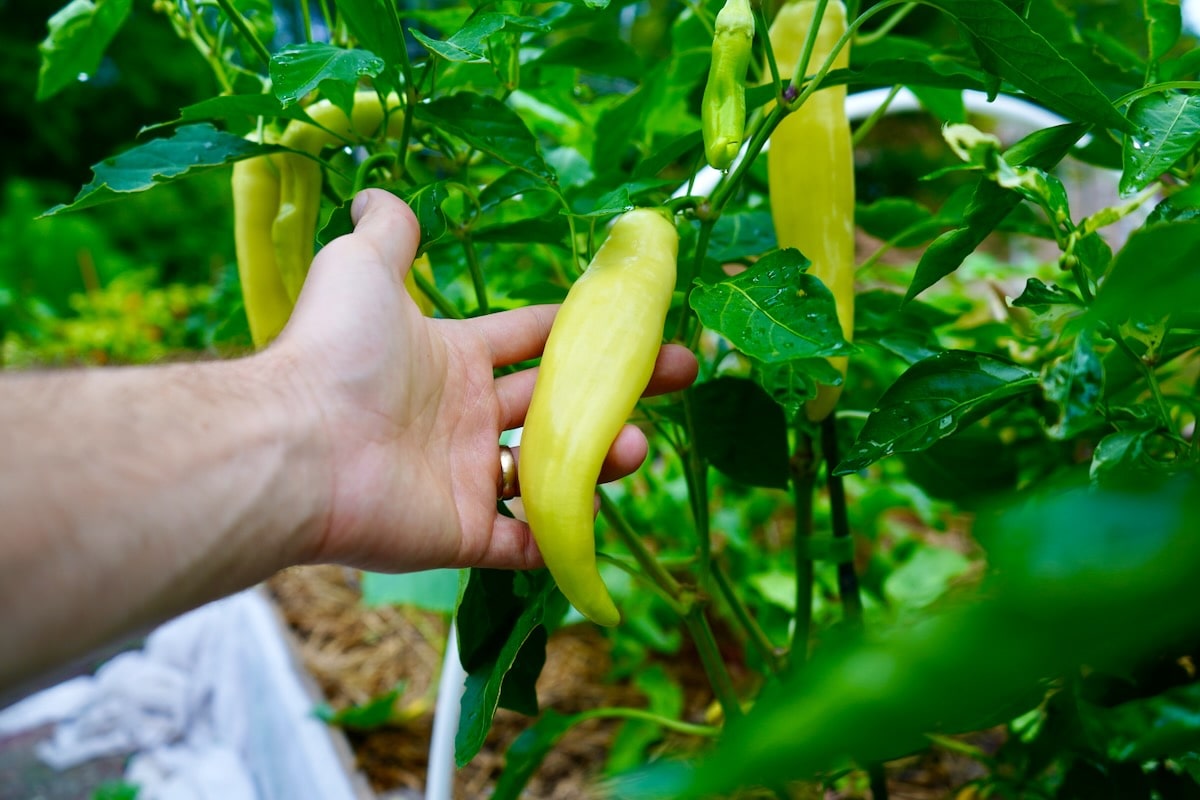
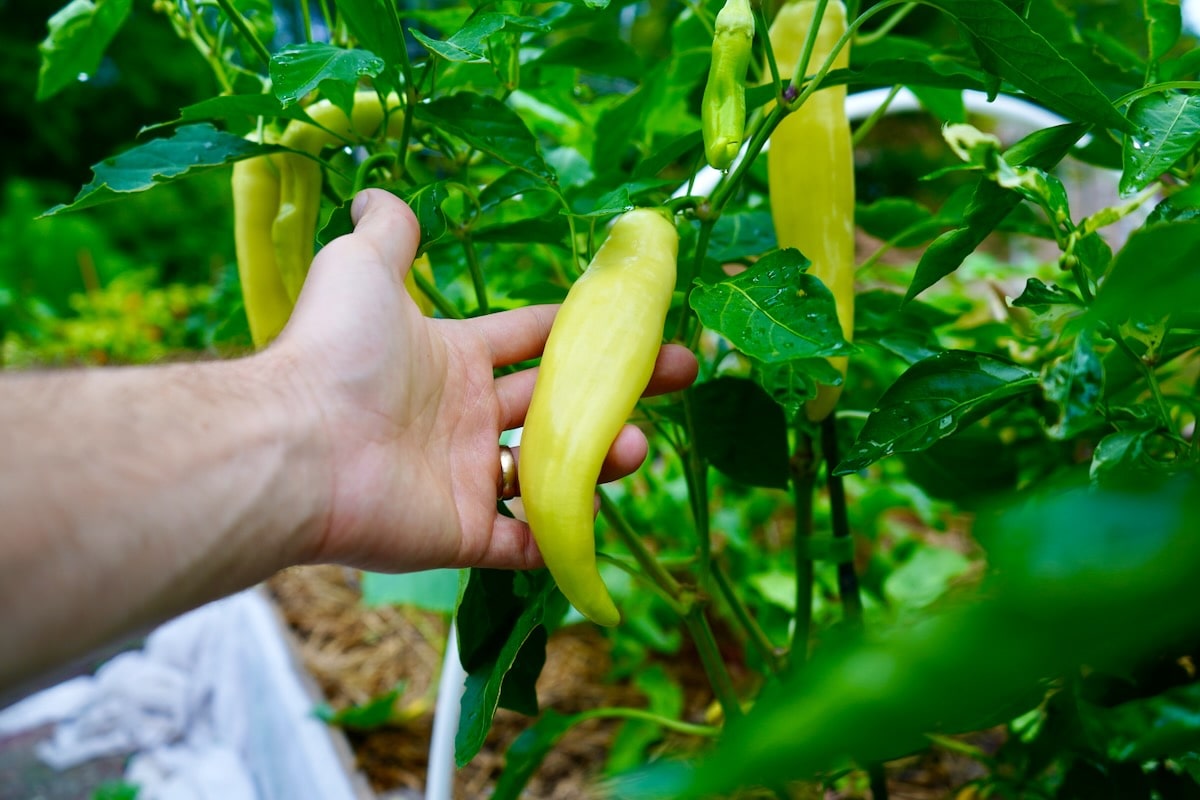
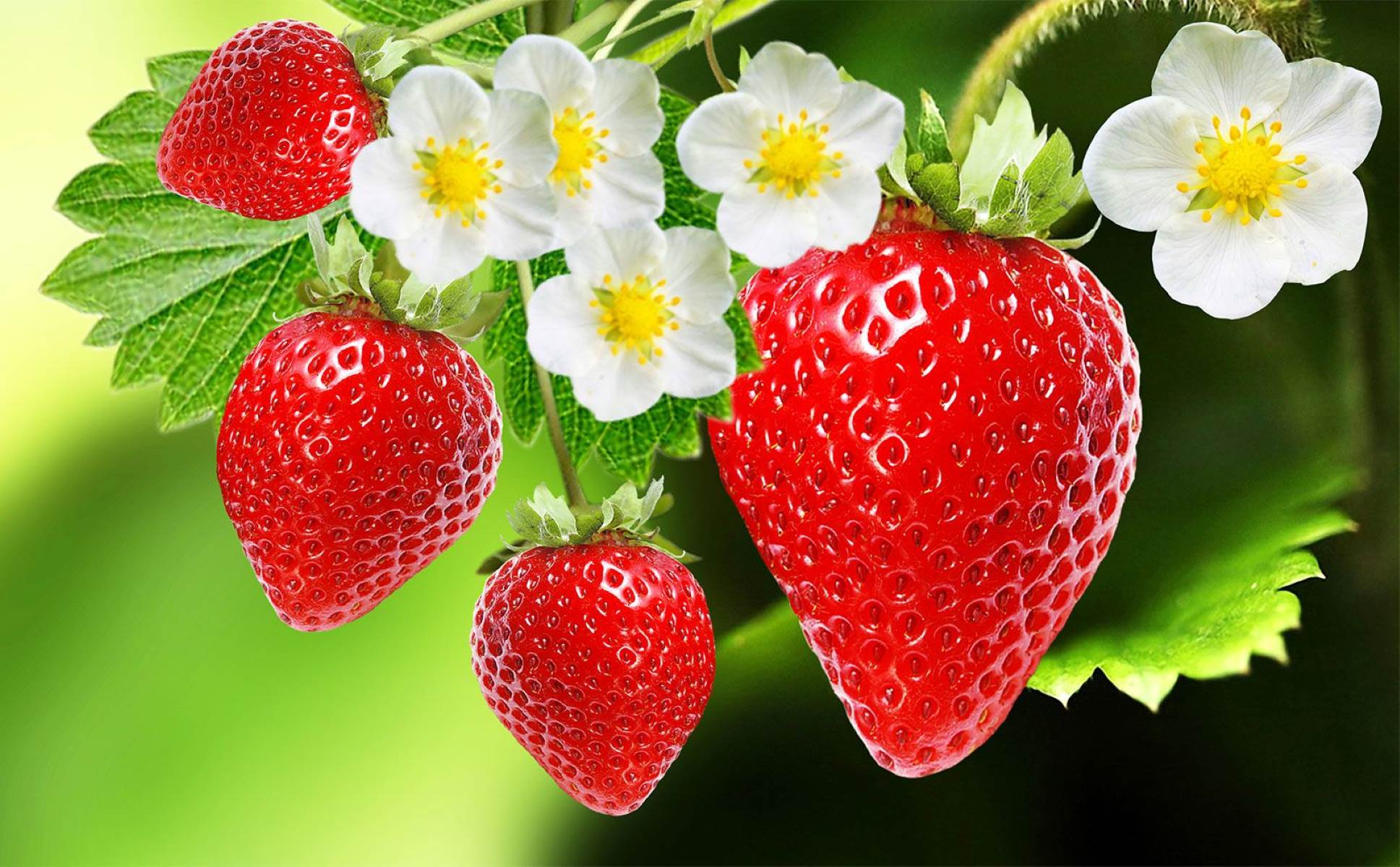
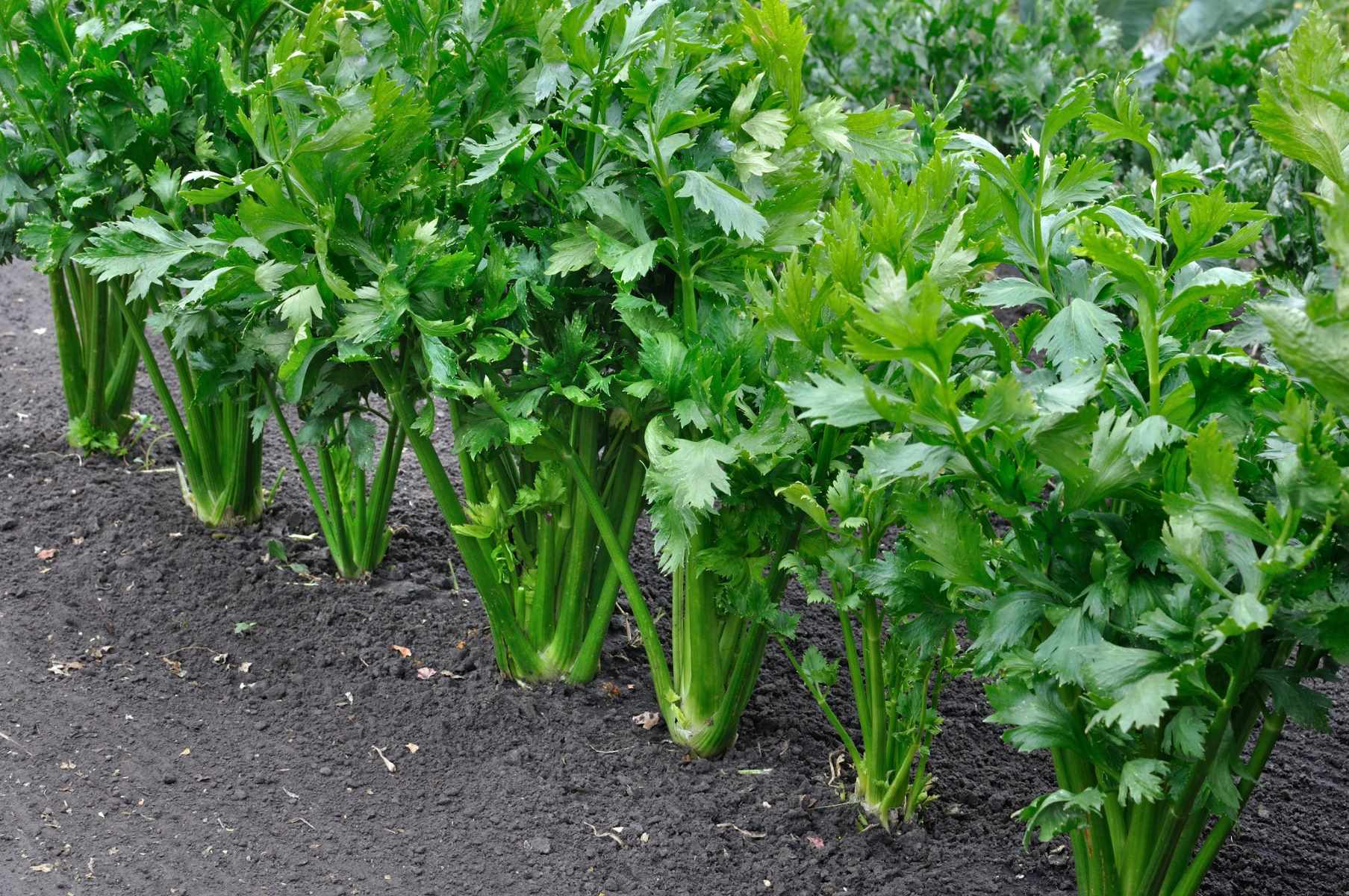
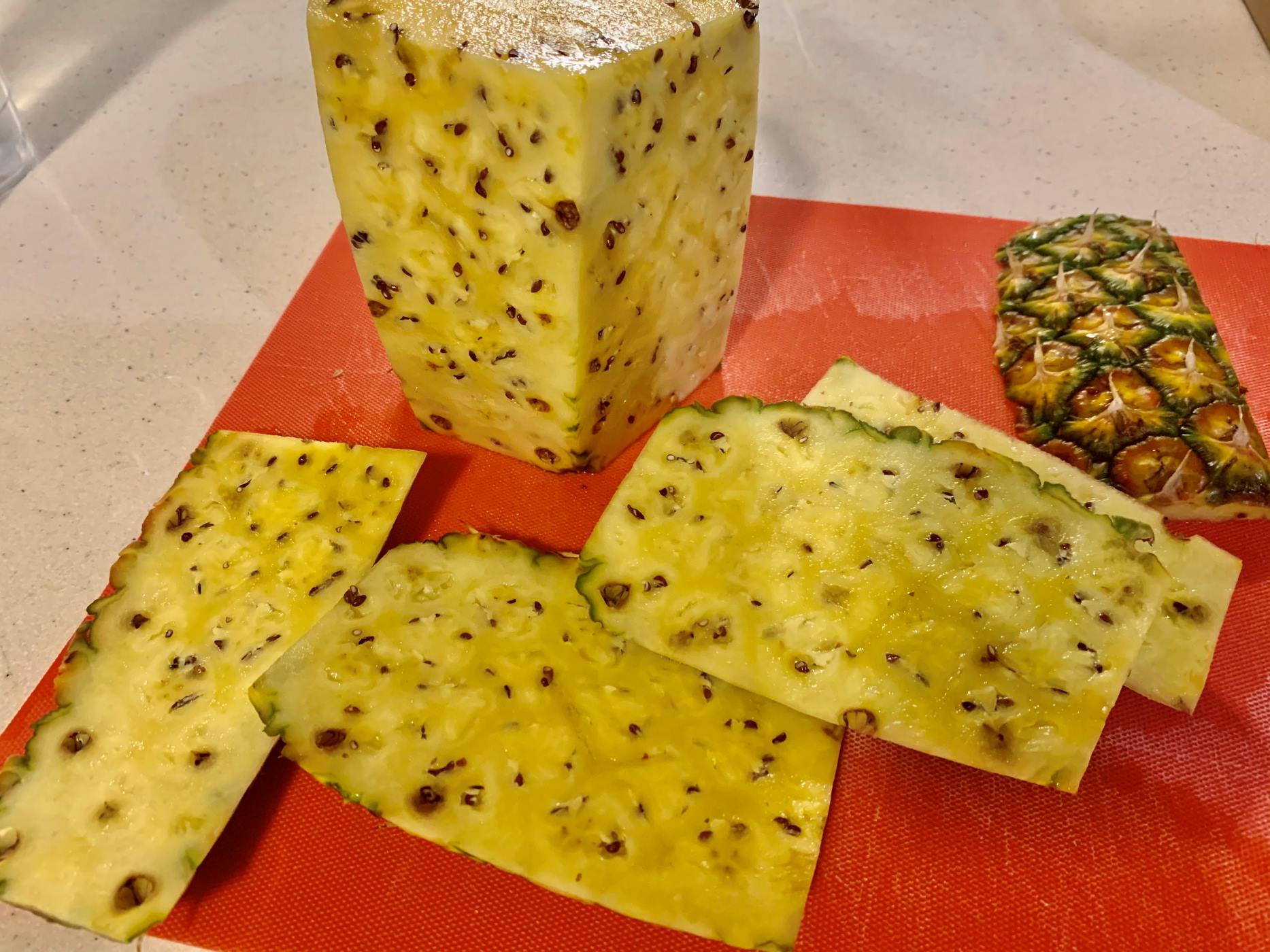
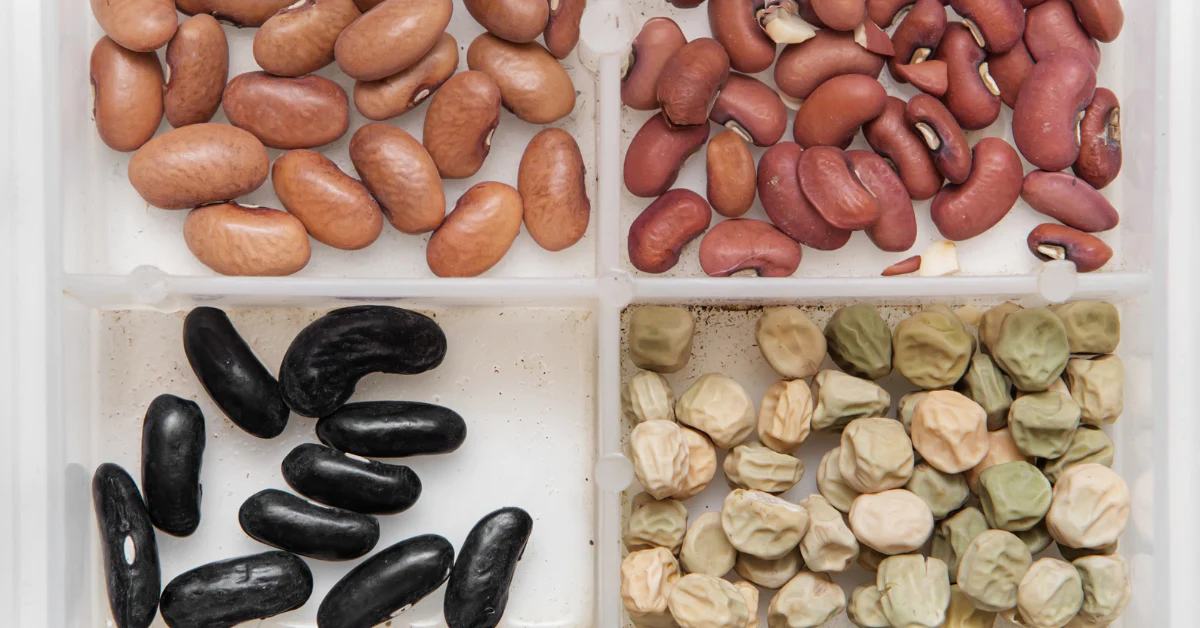
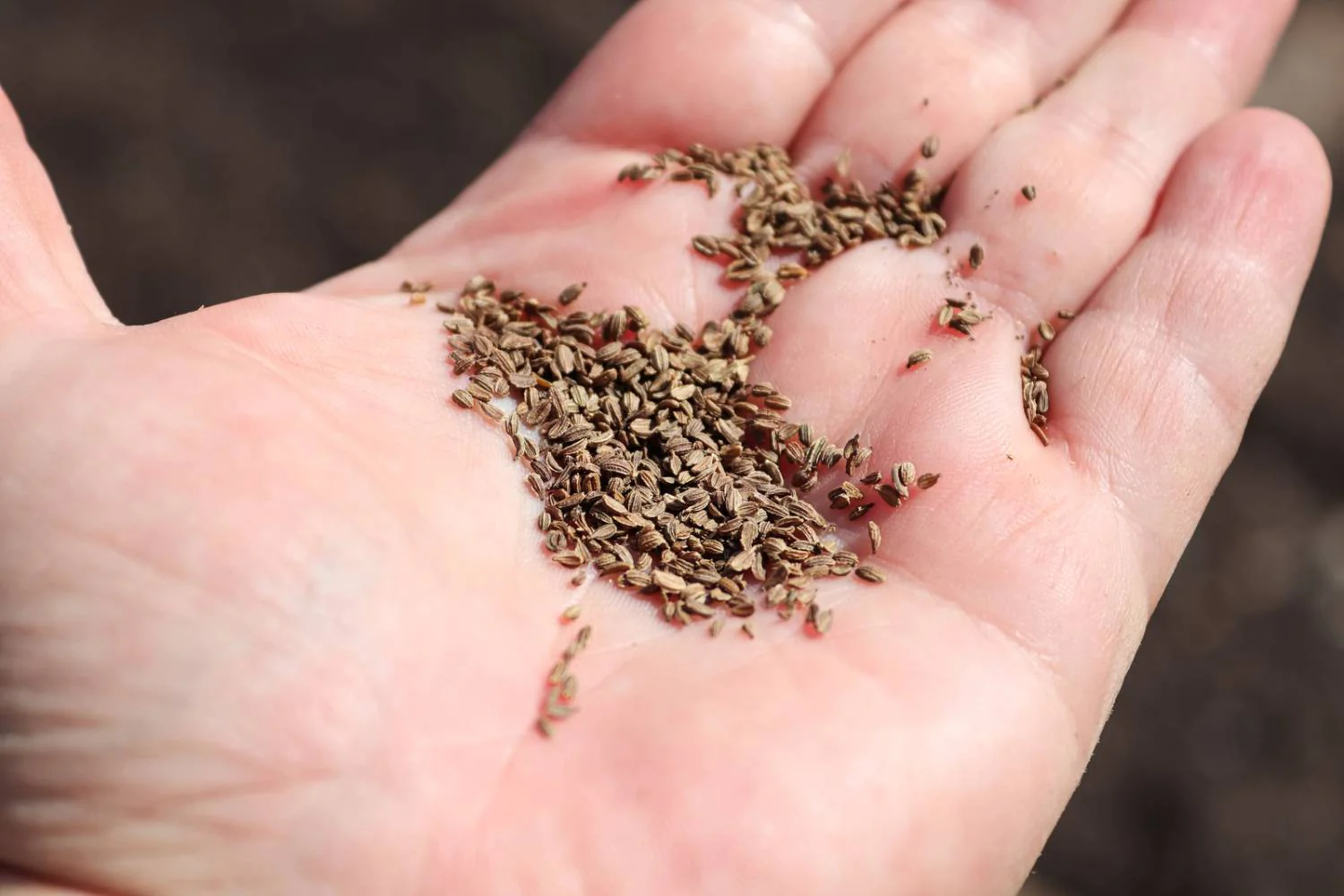

0 thoughts on “Where Is The Seed Of A Banana”